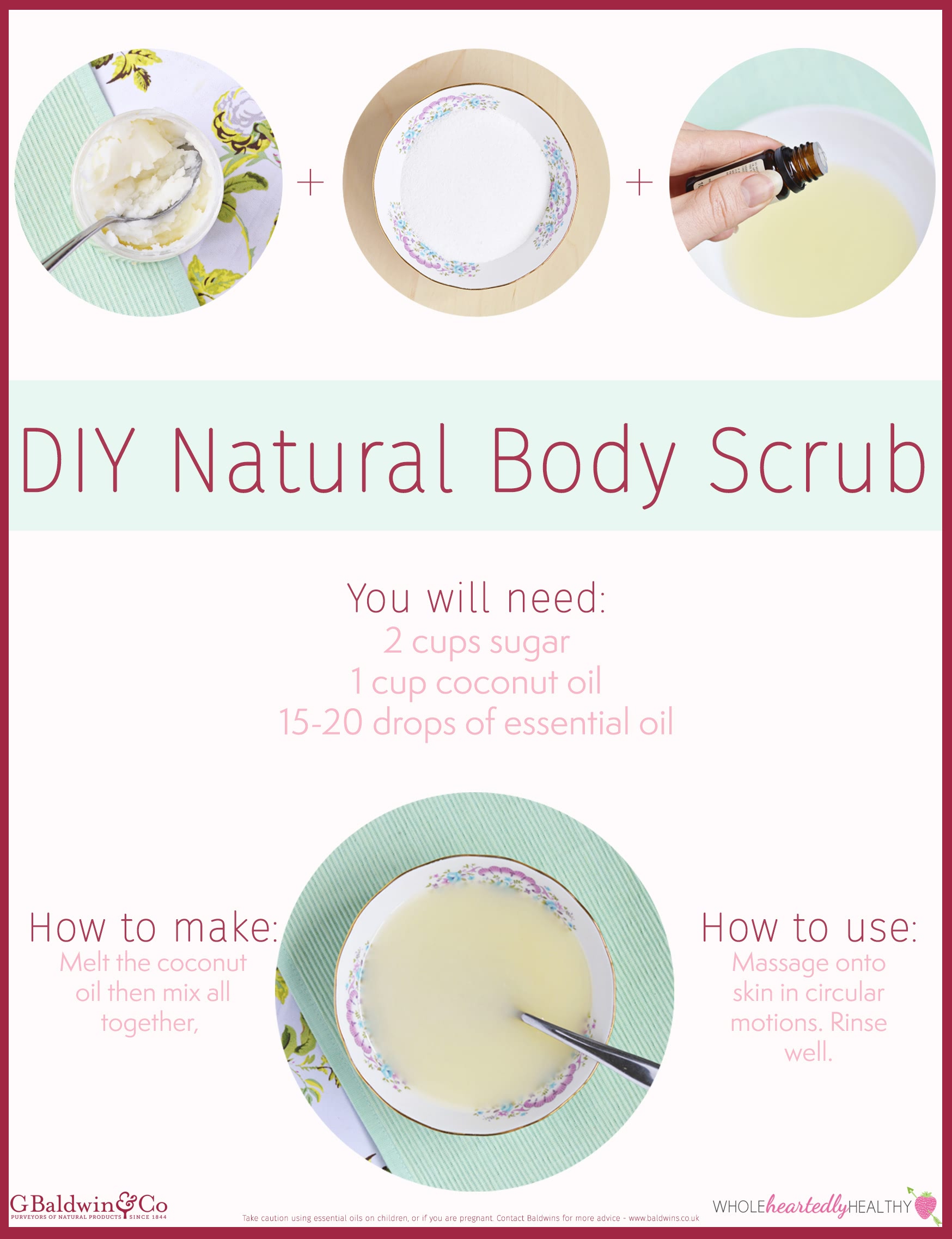Ever thought about making your own skincare products? DIY skincare is fun and easy.
Plus, you know exactly what’s in your products. In this blog post, we’ll explore simple and effective DIY skincare recipes perfect for beginners. Creating your own skincare products at home can be an exciting journey. You get to experiment with natural ingredients and tailor products to your skin’s needs.
Making your skincare can also save money and reduce waste. Ready to dive into the world of DIY skincare? Let’s start with some basic recipes that you can whip up in no time.
Introduction To Diy Skincare
Starting a DIY skincare routine is both fun and rewarding. It allows you to know exactly what goes into your products. You can customize recipes to suit your skin type. Plus, it’s often more cost-effective than store-bought options.
DIY skincare is perfect for beginners. It requires basic ingredients and simple steps. You don’t need to be a professional to create effective skincare products at home. Let’s explore the benefits and common ingredients used in DIY skincare.
Benefits Of Diy Skincare
- Control Over Ingredients: You know exactly what’s in your products.
- Customization: Tailor recipes to your specific skin needs.
- Cost-Effective: Save money by using household items.
- Eco-Friendly: Reduce plastic waste by reusing containers.
- Fun and Creative: Experiment with different recipes and ingredients.
Common Ingredients
DIY skincare recipes often use ingredients you may already have at home. Here are some common items:
| Ingredient | Benefits |
|---|---|
| Coconut Oil | Moisturizes and soothes skin. |
| Honey | Natural antibacterial and antioxidant. |
| Aloe Vera | Soothes and hydrates skin. |
| Baking Soda | Exfoliates and balances pH levels. |
| Oatmeal | Calms and nourishes sensitive skin. |
These ingredients are easy to find and safe for most skin types. Always do a patch test before trying a new ingredient to avoid allergic reactions.

Credit: www.baldwins.co.uk
Essential Tools And Materials
Starting your DIY skincare journey can be exciting. Having the right tools and materials is essential. This ensures your recipes turn out well. Let’s dive into the basic tools and where to source ingredients.
Basic Tools
First, gather some basic tools. You will need mixing bowls. Glass bowls are best. They are easy to clean. Next, get measuring spoons and cups. Accurate measurements are important. A digital scale can help with precision. You will also need a whisk and a spatula. These help in mixing ingredients well. Small glass jars or containers are useful. They store your finished products. Labeling these containers is a good habit. It helps you remember the contents.
Where To Source Ingredients
Finding quality ingredients is key. Health food stores are a good start. They offer natural and organic options. Online stores provide more variety. Websites like Amazon have many choices. Check reviews before buying. Local farmers’ markets are another option. Fresh, local ingredients are often the best. Some ingredients might be in your kitchen already. Coconut oil, honey, and sugar are common in recipes. Always choose high-quality, natural products. This ensures your skincare is safe and effective.
Cleansers For All Skin Types
Choosing the right cleanser is crucial for maintaining healthy skin. Many commercial cleansers contain harsh chemicals. These can irritate sensitive skin. DIY cleansers offer a natural alternative. They suit all skin types and are easy to make at home. Below are two simple recipes for homemade cleansers. Both are gentle and effective. Give them a try!
Gentle Honey Cleanser
Honey is a natural humectant. It helps retain moisture in the skin. This makes it perfect for dry or sensitive skin. Honey also has antibacterial properties. This helps in clearing up acne. To make this cleanser, you’ll need:
- 1 tablespoon of raw honey
- 1 tablespoon of coconut oil
- 2 tablespoons of liquid castile soap
Mix these ingredients in a bowl. Stir until well combined. Apply to your face using gentle circular motions. Rinse with warm water. Pat your face dry with a clean towel.
Refreshing Green Tea Cleanser
Green tea is rich in antioxidants. It helps combat signs of aging. This cleanser is refreshing and soothing. It suits all skin types. To make this cleanser, you’ll need:
- 1 cup of brewed green tea, cooled
- 1 tablespoon of honey
- 1 tablespoon of apple cider vinegar
Combine the ingredients in a bowl. Mix well. Apply to your face with a cotton pad. Let it sit for a few minutes. Rinse with cool water. Pat your face dry with a clean towel.
Exfoliants For Radiant Skin
Exfoliating is a key step in any skincare routine. It removes dead skin cells and reveals fresh skin underneath. For beginners, DIY exfoliants can be simple and effective. Let’s explore two easy recipes: a sugar scrub and an oatmeal exfoliant.
Sugar Scrub
Sugar scrubs are great for beginners. They are simple and effective. You need sugar, coconut oil, and essential oils. Mix one cup of sugar with half a cup of coconut oil. Add a few drops of essential oil for fragrance. The sugar exfoliates, while the oil moisturizes.
Gently rub the mixture on your skin in circular motions. Rinse with warm water. Your skin will feel smooth and refreshed. Use this scrub once or twice a week for best results.
Oatmeal Exfoliant
Oatmeal exfoliants are gentle and nourishing. They suit sensitive skin types. You need oatmeal, honey, and plain yogurt. Blend half a cup of oatmeal into a fine powder. Mix it with two tablespoons of honey and yogurt. The oatmeal exfoliates, and the honey and yogurt soothe the skin.
Apply the mixture to your face. Gently massage in circular motions. Leave it on for 10 minutes, then rinse with warm water. Your skin will feel soft and hydrated. Use this exfoliant once a week to maintain healthy skin.
Moisturizers For Hydration
Moisturizers are crucial for keeping your skin hydrated. They help lock in moisture, making your skin soft and smooth. For beginners, DIY skincare recipes offer a simple way to create effective moisturizers using natural ingredients. Below are two easy-to-make moisturizers that you can try at home.
Aloe Vera Moisturizer
Aloe Vera is known for its soothing and hydrating properties. This moisturizer is ideal for all skin types and is especially beneficial for sensitive or acne-prone skin.
Ingredients:
- 1/4 cup of Aloe Vera gel
- 1 tablespoon of Coconut Oil
- 5 drops of essential oil (optional)
Instructions:
- Mix the Aloe Vera gel and Coconut Oil in a bowl.
- Add the essential oil if desired.
- Stir until the mixture is smooth.
- Store in a clean container.
Apply a small amount to your face and neck. Use daily for best results.
Coconut Oil Moisturizer
Coconut Oil is a versatile and deeply moisturizing ingredient. It is perfect for dry skin and helps to maintain a healthy glow.
Ingredients:
- 1/4 cup of Coconut Oil
- 1 teaspoon of Vitamin E oil
- 5 drops of Lavender essential oil (optional)
Instructions:
- Warm the Coconut Oil until it becomes liquid.
- Mix in the Vitamin E oil.
- Add the Lavender essential oil if desired.
- Stir well and pour into a container.
Massage a small amount into your skin. Use it every night for the best results.
Face Masks For Glowing Skin
Face masks are essential for achieving glowing skin. They can hydrate, exfoliate, and rejuvenate your skin. DIY face masks are easy to make at home. They are natural and free from harsh chemicals. Let’s explore some simple recipes for glowing skin.
Clay Mask
Clay masks are great for detoxifying the skin. They draw out impurities and excess oil. To make a clay mask, you need bentonite clay. Mix one tablespoon of clay with water. Stir until it forms a smooth paste. Apply it to your face and let it dry. Rinse with warm water. Your skin will feel clean and refreshed.
Avocado Mask
Avocado masks are perfect for moisturizing the skin. Avocados are rich in vitamins and healthy fats. Mash half an avocado in a bowl. Add a tablespoon of honey and mix well. Apply the mixture to your face. Leave it on for 15 minutes. Rinse off with lukewarm water. Your skin will be soft and glowing.
Serums For Targeted Treatment
Serums are an essential part of any skincare routine. They offer targeted treatment for specific skin concerns. DIY serums can be just as effective as store-bought ones. Here are some easy recipes for beginners.
Vitamin C Serum
Vitamin C serum is great for brightening the skin and reducing dark spots. Making it at home is simple and cost-effective.
Ingredients:
- 1 teaspoon L-ascorbic acid powder
- 1 teaspoon distilled water
- 1 teaspoon vegetable glycerin
- 1/2 teaspoon vitamin E oil
Instructions:
- Mix the L-ascorbic acid powder with distilled water until it dissolves.
- Add vegetable glycerin and vitamin E oil.
- Stir well and pour into a dark glass bottle.
- Store in the refrigerator. Use within two weeks.
Apply the serum once a day, preferably in the morning. Use sunscreen to protect your skin.
Hyaluronic Acid Serum
Hyaluronic acid serum is perfect for hydrating the skin. It’s especially useful for dry or aging skin.
Ingredients:
- 1/4 teaspoon hyaluronic acid powder
- 1 tablespoon distilled water
- 1 teaspoon aloe vera gel
- 1/2 teaspoon vegetable glycerin
Instructions:
- Combine the hyaluronic acid powder with distilled water. Mix until dissolved.
- Add aloe vera gel and vegetable glycerin.
- Mix well and transfer to a small bottle.
- Store in a cool, dry place. Use within one month.
Apply the serum twice a day, morning and night, for best results.
These DIY serums are easy to make and effective. Incorporate them into your routine for targeted skincare treatment.

Credit: www.savvyhomemade.com
Tips For Safe Diy Skincare
Creating your own skincare products at home can be fun and rewarding. But it’s important to follow some safety tips. This helps avoid potential skin reactions and ensures your products are effective. Below are some essential tips for safe DIY skincare.
Patch Testing
Always do a patch test before using a new product. Apply a small amount to your inner wrist or behind your ear. Wait 24 hours to see if any irritation occurs. This simple test can prevent unwanted allergic reactions.
Storage And Shelf Life
Proper storage is crucial for maintaining the effectiveness of your DIY skincare products. Use clean, airtight containers to store your creations. Keep them in a cool, dark place away from direct sunlight.
DIY products typically have a shorter shelf life. They don’t contain preservatives like commercial products. As a general rule, use them within two weeks. Label your containers with the date they were made. This helps you keep track of their freshness.

Credit: www.youtube.com
Frequently Asked Questions
What Are Some Easy Diy Skincare Recipes?
Easy DIY skincare recipes include honey face masks, oatmeal scrubs, and aloe vera moisturizers. These use common ingredients and are gentle.
How Do You Make A Honey Face Mask?
Mix one tablespoon of honey with a few drops of lemon juice. Apply to your face and leave for 15 minutes. Rinse with warm water.
Can I Use Kitchen Ingredients For Skincare?
Yes, many kitchen ingredients like honey, yogurt, and oatmeal are great for skincare. They’re natural, affordable, and effective.
What Are The Benefits Of Diy Skincare?
DIY skincare allows customization, uses natural ingredients, and is cost-effective. It reduces exposure to harmful chemicals and is eco-friendly.
Conclusion
Creating your own skincare can be fun and rewarding. You control the ingredients. It’s cost-effective and natural. Start with simple recipes and see what works best. Your skin will thank you. Remember to patch test new recipes. Enjoy the process and the benefits.
Your journey to better skin starts here. Happy DIY skincare!



